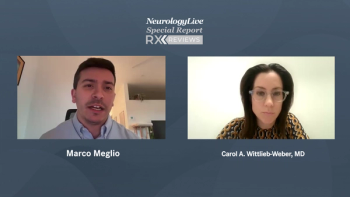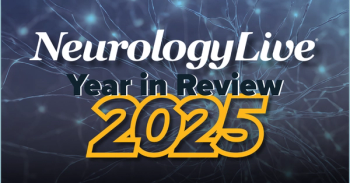
Opinion|Videos|March 26, 2025
Emerging Treatment Landscape and Future Outlook for Friedreich Ataxia
Author(s)David R. Lynch, MD, PhD
An expert discusses how vatiquinone targets Friedreich ataxia in patients with balance issues by inhibiting 15-lipoxygenase to reduce oxidative stress. Novel dual-route gene therapy combines systemic IV and targeted dentate nuclei delivery, addressing both central and peripheral manifestations while potentially offering disease-modifying benefits.
Advertisement
Video content above is prompted by the following:
- A new drug application has been submitted for vatiquinone, an emerging 15-lipoxygenase inhibitor drug, for its treatment effects on upright stability in patients with Friedreich ataxia.
- Please discuss the targeted patient population, quality-of-life data, and safety profile for vatiquinone.
- The FDA also recently provided clearance for a first-in-industry dual route of administration of gene therapy via systemic IV infusion and direct intradentate nucleiinfusion.
- Please briefly explain the rationale of this dual-route administration.
- What are the potential implications of gene therapy, both as monotherapy and in combination with other therapies, in the treatment of Friedreich ataxia in the future?
- Please share your final thoughts on the treatment of Friedreich ataxia and the future outlook for its treatment.
Newsletter
Keep your finger on the pulse of neurology—subscribe to NeurologyLive for expert interviews, new data, and breakthrough treatment updates.
Advertisement
Latest CME
Advertisement
Advertisement
Trending on NeurologyLive - Clinical Neurology News and Neurology Expert Insights
1
Brain-Penetrant Molecule GT-02287 Demonstrates Reversal of Glucosylsphinogosine in Parkinson Disease
2
Repositioning GLP-1 Drugs for Neurologic Disease: Evidence, Advances, and Outlook
3
Remyelinating Agent PIPE-307 Falls Short in Phase 2 Trial of Relapsing Multiple Sclerosis
4
What’s All the Buzz? Trending Topics and Phrases of Neurology in 2025
5






















